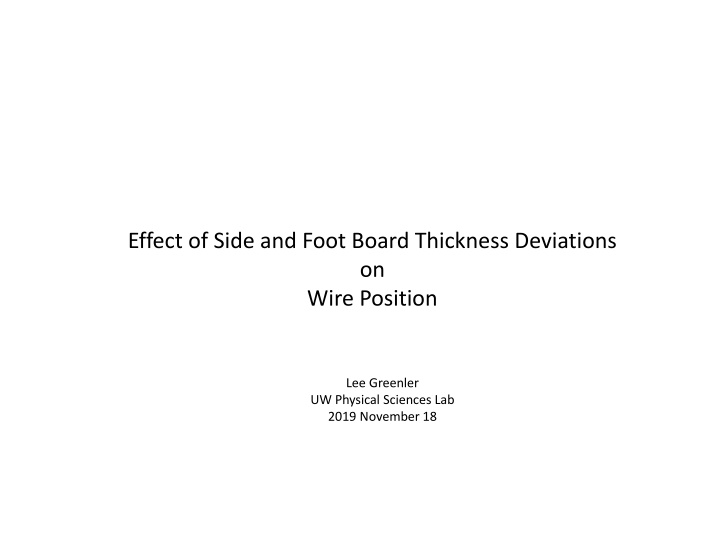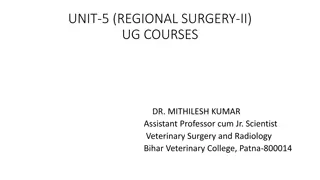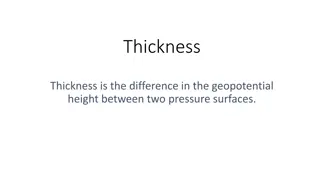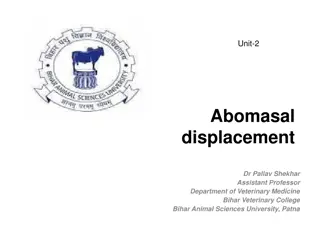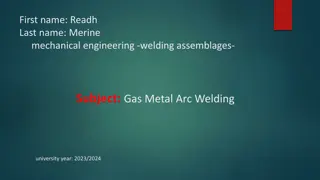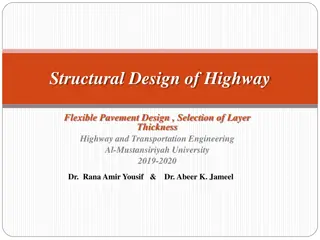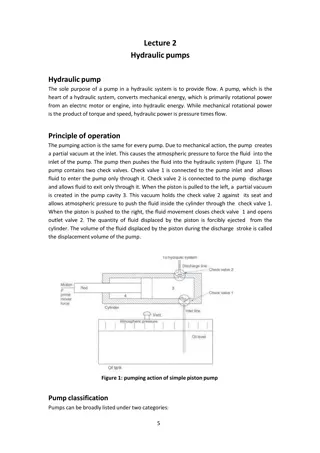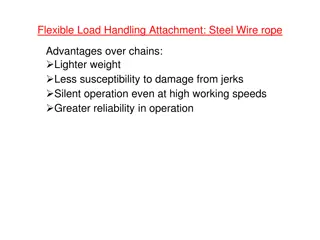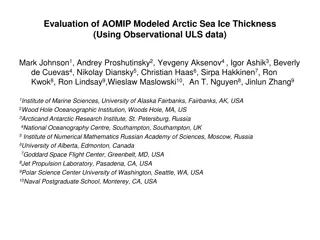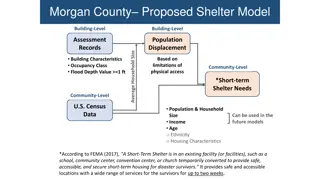Impact of Board Thickness Deviations on Wire Displacement
In this study by Lee Greenler at UW Physical Sciences Lab, the effect of side and foot board thickness deviations on wire position was analyzed. The displacement of the wire was found to vary based on the cosine factor, with potential displacements up to ~0.5mm near the pin. Different cases were considered, such as the worst-case scenario and a more likely case, providing insights into potential wire displacements under various thickness deviations.
Uploaded on Sep 16, 2024 | 2 Views
Download Presentation

Please find below an Image/Link to download the presentation.
The content on the website is provided AS IS for your information and personal use only. It may not be sold, licensed, or shared on other websites without obtaining consent from the author.If you encounter any issues during the download, it is possible that the publisher has removed the file from their server.
You are allowed to download the files provided on this website for personal or commercial use, subject to the condition that they are used lawfully. All files are the property of their respective owners.
The content on the website is provided AS IS for your information and personal use only. It may not be sold, licensed, or shared on other websites without obtaining consent from the author.
E N D
Presentation Transcript
Effect of Side and Foot Board Thickness Deviations on Wire Position Lee Greenler UW Physical Sciences Lab 2019 November 18
What is the displacement, , of the wire for a given displacement, a, of the pin? a The wire displaces with the pin so the full displacement of the wire is equal to the pin displacement. But, only the part of the displacement perpendicular to the wire is important. This part is: = a cos The perpendicular displacement of the wire varies linearly from this value near the pin to zero at the other end of the wire.
For side boards is ~35.7 degrees so cos is approx. 0.81. For foot boards is ~54.3 degrees so cos is approx. 0.58.
Worst Case For side board 10% too thick (= 0.32mm): If pin is displaced by full board overthickness, a = 0.32mm, = 0.32*0.81 = 0.26mm If pin stays centered on board, wire displacement would be less If side board is 10% too thick and it s sitting on another board 10% too thick: The pin can be displaced as much as: a = 0.64mm, = 0.64*0.81 = 0.52mm So, depending on how the deviations stack up, the displacement of the wire near the pin on the U layer side board could be up to ~0.5mm (with 10% board overthickness). Likewise, at the foot the U layer pin could be displaced by up to 3 board thicknesses, but the cosine factor is smaller: a = 0.96mm, = 0.96*0.58 = ~0.5mm. (with 10% board overthickness) This is with all errors the same direction and adding together.
More Likely Case For side boards 10% too thick (= 0.32mm): Since tooth strip gluing fixture aligns inner surfaces of tooth strip and board the pin position of the first wouldn t be significantly affected. If side board is 10% too thick and it s sitting on another board 10% too thick: The second board could be displaced as much as .32mm but, again, there would be little additional displacement from the outer board overthickness. a = 0.32mm, = 0.32*0.81 = 0.26mm So, the displacement of the wire near the pin on the U layer side board could be up to ~0.26mm (with 10% board overthicknesses). Likewise, at the foot the U layer pin could be displaced by up to 2 board thicknesses, but the cosine factor is smaller: a = 0.64mm, = 0.64*0.58 = ~0.37mm. (with 10% board overthickness) This is with all errors the same direction and adding together. Error magnitude would be the same for underthickness.
